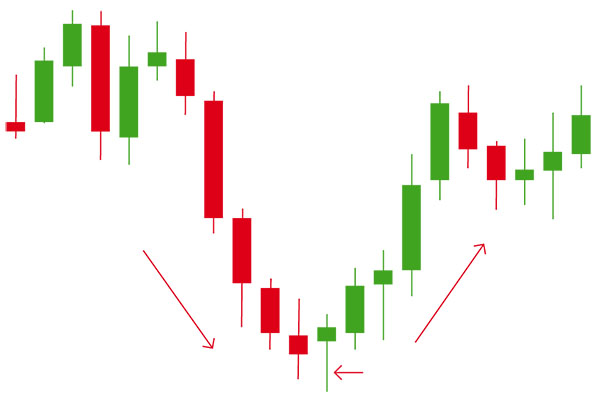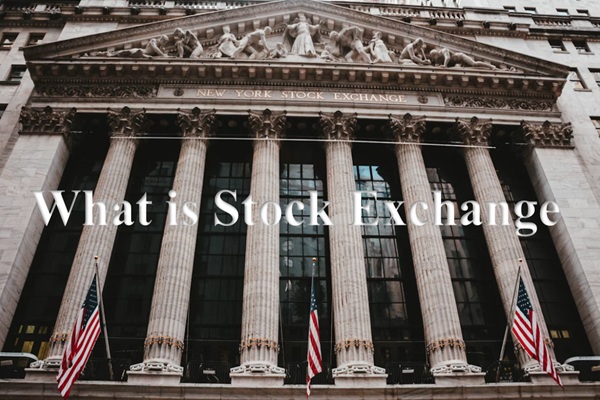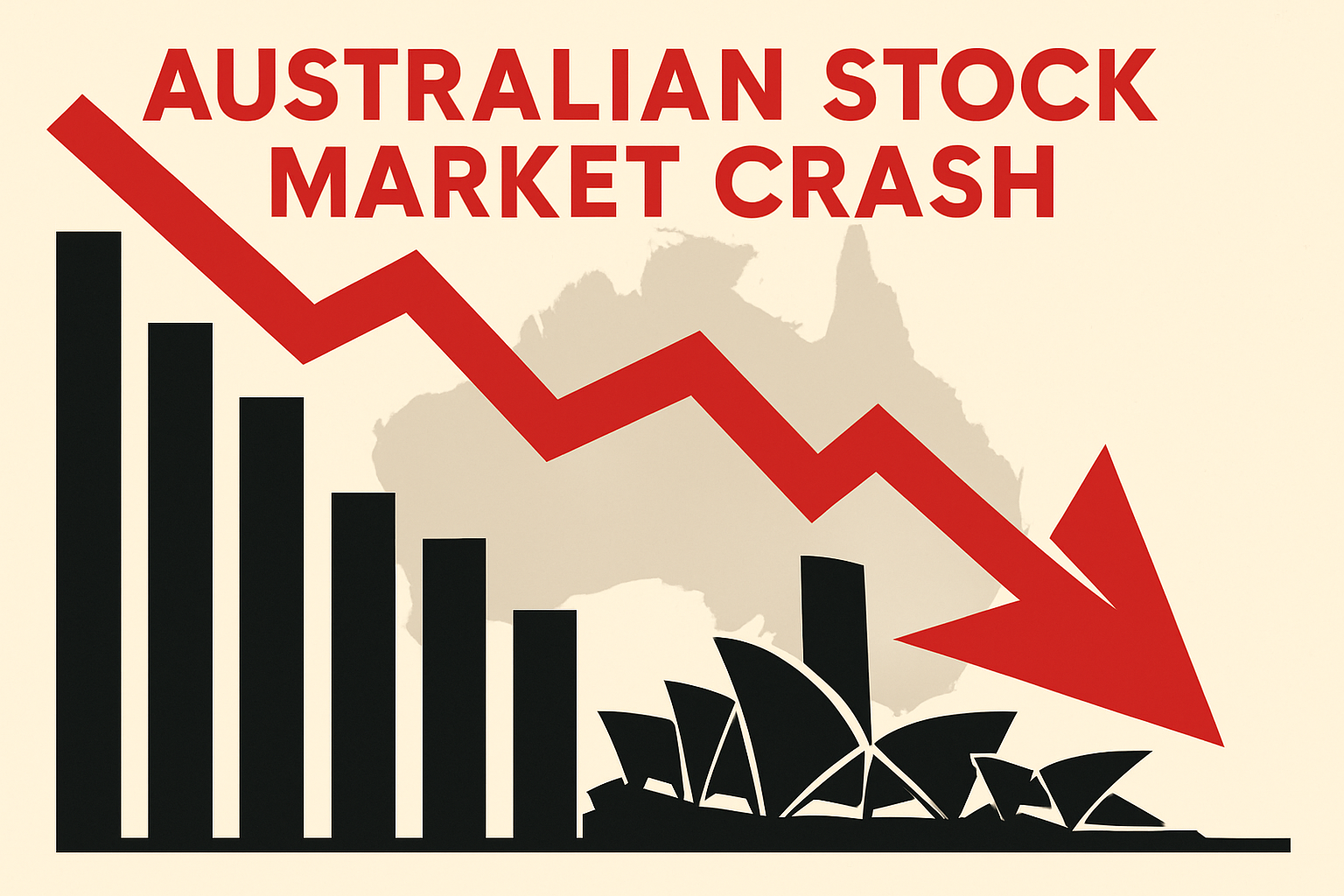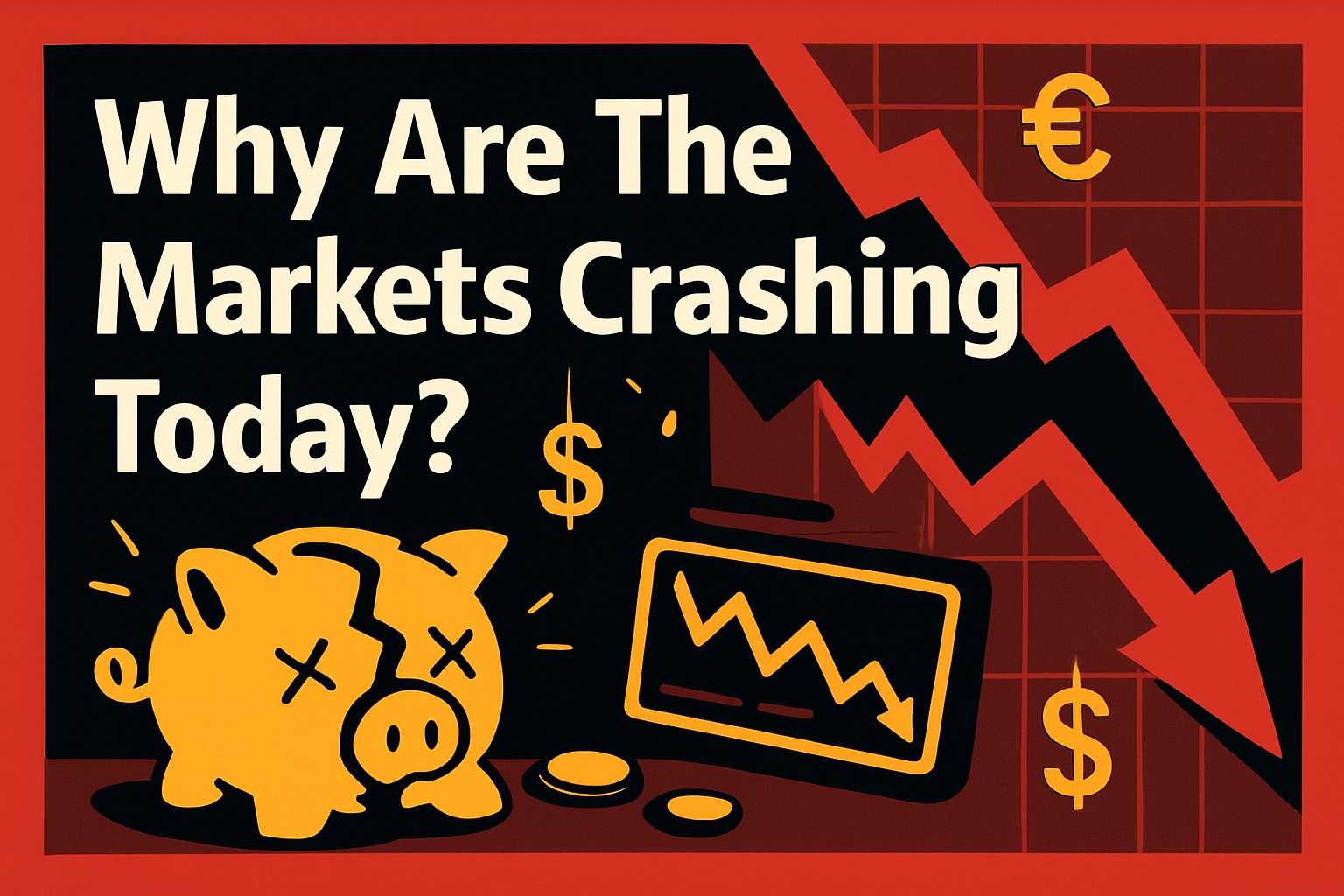In the fast-paced world of financial markets, speed often determines success. Nowhere is this more evident than in high-frequency trading (HFT) — an advanced form of algorithmic trading that leverages technology to execute orders at lightning speed.
For retail traders and investors trying to understand the forces behind modern market movements, HFT can seem like a mysterious, high-stakes game played by machines. But how exactly does it work, and why does it matter?
This guide breaks down its definition, how it operates, the strategies behind it, its pros and cons, and the debates surrounding its role in financial markets.
What Is High-Frequency Trading?
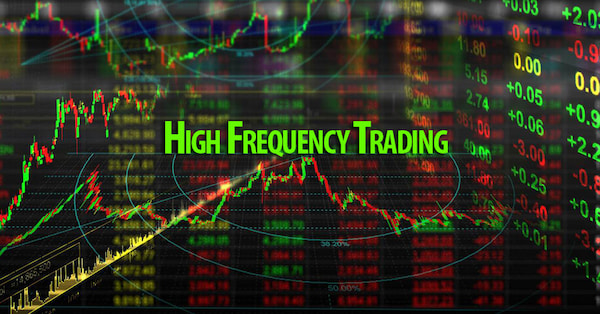
High-frequency trading is a form of Automated Trading that uses complex algorithms, powerful computers, and ultra-low-latency connections to execute many orders in fractions of a second. It operates at speeds and volumes impossible for human traders to match. HFT firms aim to capitalise on small price discrepancies and fleeting market opportunities for milliseconds or microseconds.
Algorithmic trading encompasses a wide range of strategies, but high-frequency trading (HFT) specifically targets rapid transaction rates and utilises advanced technology to gain an advantage over competitors, securing profits before price adjustments occur.
HFT in Different Asset Classes
While most discussions of HFT focus on equities, these strategies are used across multiple asset classes:
Equities: Stocks are the most common assets traded via HFT, particularly in highly liquid markets like the NYSE or NASDAQ.
Futures and Options: HFT plays a massive role in Derivatives trading, where volatility and leverage increase profit potential.
Forex: The currency market is ideal for HFT due to its size, liquidity, and 24-hour availability.
How Does HFT Work?
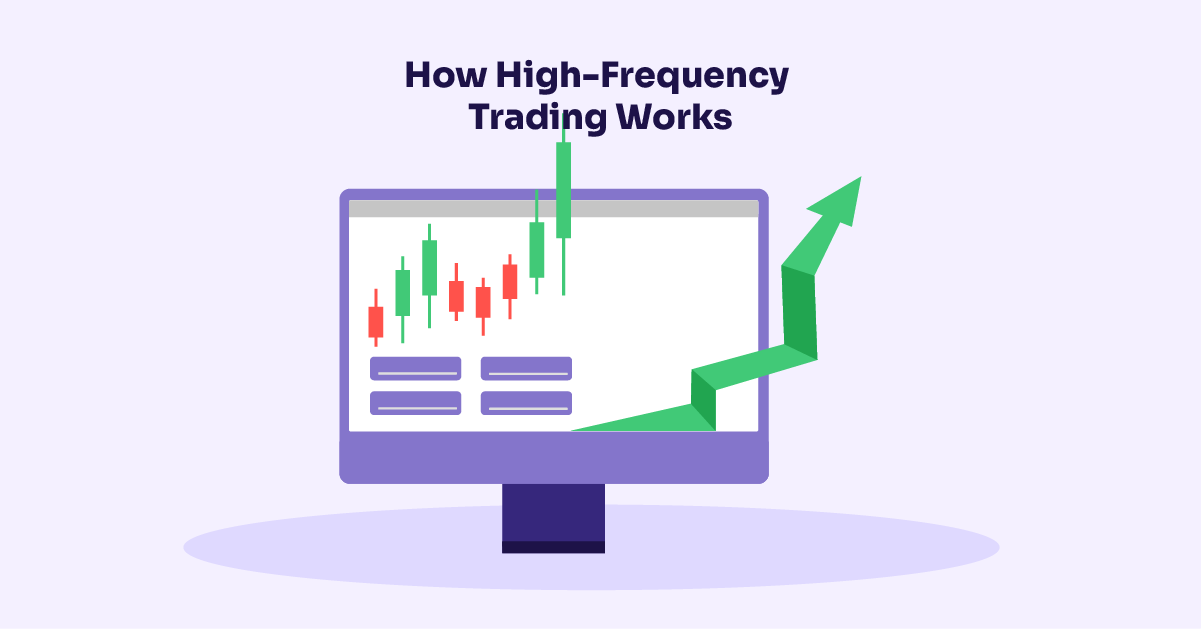
High-frequency trading operates using a combination of:
Algorithmic strategies that identify profitable opportunities
Low-latency execution systems that submit orders in microseconds
Real-time data feeds that constantly analyse market conditions.
Colocated servers that minimise delay by residing near the exchange servers
The entire process begins when the algorithm scans multiple markets simultaneously, looking for small inefficiencies or arbitrage opportunities. If it identifies one, such as a stock trading slightly cheaper on one exchange than another, it executes trades instantly to capture the price difference before it disappears.
For example, if Stock XYZ is at $100.02 on Exchange A and $100.04 on Exchange B, an HFT system could simultaneously buy on A and sell on B, pocketing a profit of $0.02 per share. Though the margin is small, the high volume and speed make the strategy highly profitable.
Key High-Frequency Trading Strategies
1. Market Making
In this strategy, HFT firms post buy and sell limit orders in the market and profit from the bid-ask spread. They aim to be the first to execute when a trader wants to buy or sell. Speed gives them a competitive edge in updating prices and managing inventory risks.
2. Statistical Arbitrage
This involves exploiting temporary pricing inefficiencies between correlated securities or markets. By identifying and acting on these discrepancies faster than others, HFT firms can repeatedly lock in small profits.
3. Latency Arbitrage
Latency arbitrage focuses on speed advantage. If one trading venue updates prices slightly before another, HFT systems can exploit this brief window to trade based on faster information.
4. Momentum Ignition
This controversial strategy involves initiating a series of small trades to trigger momentum and lure other traders into a trend. Once the price starts moving, the HFT firm quickly exits with a profit.
5. Event-Based Trading
HFT systems also respond to news releases, earnings reports, or economic data, parsing them through natural language processing (NLP) to make trading decisions within milliseconds.
Advantages and Risks of HFT
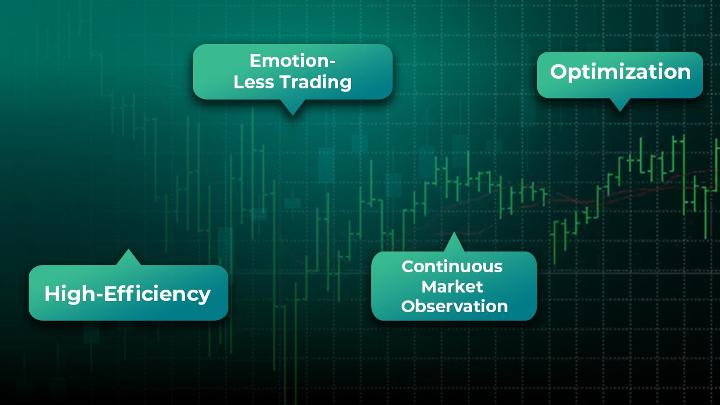
1. Increased Liquidity
HFT firms frequently serve as market makers by providing buy and sell orders. This contributes to liquidity and narrows spreads, resulting in more efficient markets for all participants.
2. Improved Price Discovery
By constantly adjusting quotes and reacting to information quickly, HFT can better align prices across markets and reflect real-time values.
3. Lower Transaction Costs
The tight bid-ask spreads enabled by HFT can reduce trading costs for institutional and retail investors.
Risks
Despite its advantages, high-frequency trading has drawn significant criticism from regulators, academics, and traditional investors.
1. Market Manipulation Concerns
Some argue that HFT strategies such as momentum ignition or quote stuffing (placing and cancelling large orders to mislead others) manipulate markets, creating false signals.
2. Flash Crashes
The Flash Crash of May 6, 2010, saw the dow jones industrial average plummet nearly 1,000 points in minutes. HFT was blamed for exacerbating the drop through feedback loops and rapid-fire trading.
3. Unfair Speed Advantage
Critics argue that HFT gives well-funded firms an unfair advantage, making markets inaccessible or volatile for slower, smaller participants.
4. Systemic Risk
As trading becomes more automated, software bugs or failed algorithms could lead to unintended consequences. A malfunctioning HFT system can amplify volatility and disrupt markets quickly.
Should Retail Investors Be Concerned?
For most retail investors, high-frequency trading isn't a direct threat, but it can create difficult-to-navigate market conditions.
On one hand, HFT contributes to tighter spreads and better liquidity. On the other hand, its presence may increase short-term volatility or lead to "phantom liquidity," where orders vanish quickly during market stress. Long-term investors focusing on fundamentals are less likely to be affected than short-term traders who rely on technical patterns.
Retail traders should recognise its influence without feeling paralysed, as they can reduce potential downsides by using limit orders, avoiding very illiquid stocks, and staying informed.
Conclusion
In conclusion, high-frequency trading represents the cutting edge of modern finance, blending technology, data science, and strategy to capture profit in milliseconds. While it offers clear benefits like liquidity and price efficiency, it raises valid concerns about fairness, transparency, and systemic risk.
As trading becomes increasingly automated, being informed about these developments is not just helpful — it's necessary for navigating a rapidly changing financial landscape.
Disclaimer: This material is for general information purposes only and is not intended as (and should not be considered to be) financial, investment or other advice on which reliance should be placed. No opinion given in the material constitutes a recommendation by EBC or the author that any particular investment, security, transaction or investment strategy is suitable for any specific person.









